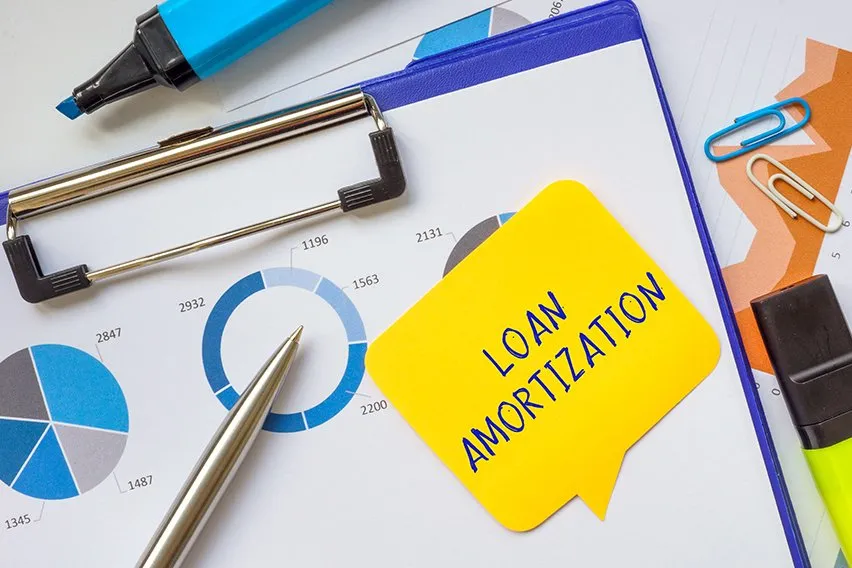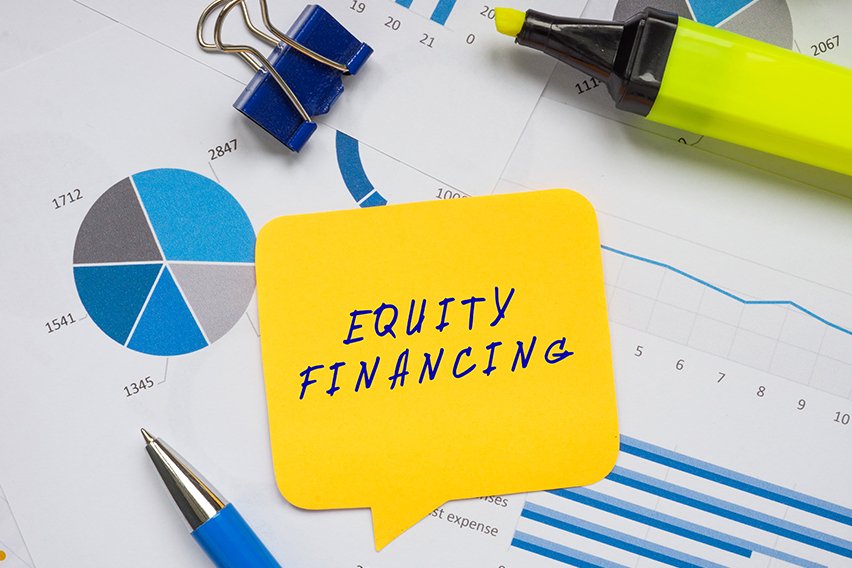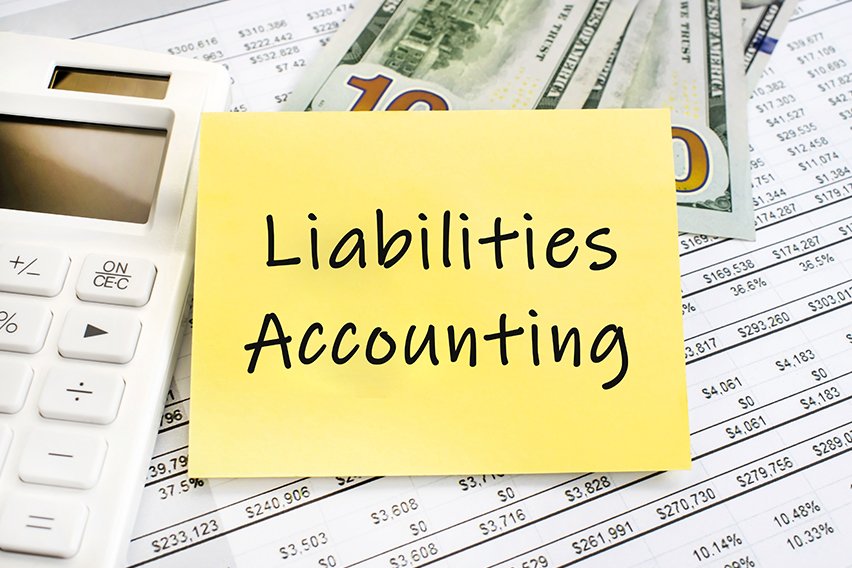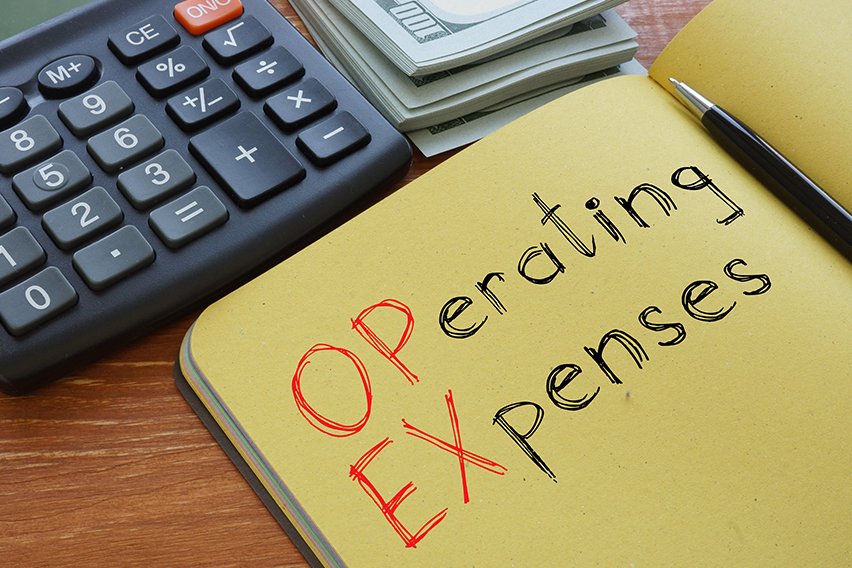What Is Amortization?

Amortization is when a business spreads payment over multiple periods of time.
The term is used for two separate processes: amortization of loans and amortization of assets. The amortization of assets refers to allocating the cost of an intangible asset over its useful life for accounting and tax purposes.
Amortization refers to the paying off of debt over time in regular installments of interest and principal to repay the loan in full by maturity. It can also mean the deduction of capital expenses over the assets useful life where it measures the consumption of intangible asset’s value. Examples of the kind of assets that impact this kind of amortization are goodwill, a patent or copyright.
This article also covers:
What Is an Example of Amortization?
How Does an Amortization Work?

What Is an Example of Amortization?
Amortization is important for managing intangible items and loan principals. Here are examples of both types of amortization.
Amortizing an Intangible Asset
You own a patent on a machine, and that patent lasts 10 years. You spent $10,000 to design and create the machine (initial cost of the patent). You should record $1,000 each year as an amortization expense for the patent ($10,000 / 10 years).
Amortizing a Loan
You have a $6,000 outstanding loan. If you pay $1,000 of the principal every year, $1,000 of the loan has amortized each year. You should record $1,000 each year in your books as an amortization expense.
Also Read: Loan Repayment Accounting Entry
How Does an Amortization Work?
Amortization of an Intangible Asset
Amortization is like depreciation, which is used for tangible assets and depletion which is used for natural resource. When a business amortizes expenses, it helps to associate the asset’s cost to the revenues it generates.
As an example, if a company buys a ream of paper, it writes off the cost in the year of purchase and generally uses all the paper within the same year. For larger assets, the company could be reaping the rewards of the expense for years, so it writes off the expense incrementally over the useful life of the tangible asset.
The amount to be amortized is its recorded cost, less any residual value. However, since intangible assets are usually do not have any residual value, the full amount of the asset is typically amortized.
Amortizing a Loan
With home and auto loan repayments, most of the monthly payment goes towards interest early in the loan. Each subsequent payment is a greater percentage of the payment goes towards the loan’s principal.
For example, on a five-year $20,000 auto loan at 6% interest, $286.66 of the first $386.66 monthly payment goes to interest while $100 goes to principal. In the last monthly payment, $384.73 goes to principal and $1.92 goes to interest.
Mortgage amortization works a similar way.

Which Assets Are Amortized?
Assets that can amortized are intangible assets which means they are non-physical assets that have a useful life of greater than one year. Examples of assets that can be amortized include trademarks, customer lists, motion pictures, franchise agreements and computer software.
Here is a more extensive list of intangible assets:
Artistic assets: can include photos, videos, paintings, movies, and audio recordings.
Defensive assets: An acquired an intangible asset that ensures that others may not use it. The value is withheld from the competition over the useful life of this asset.
Goodwill: When a business acquires another company, goodwill is the difference between the purchase price and the amount of the price not assigned to assets and liabilities acquired in the acquisition that are specifically identified. Goodwill alone doesn’t generate cash flows.
Internally developed and not specifically identifiable: If there is not a specifically identifiable intangible asset, then you should charge its cost to expense in the period incurred.
Leasehold improvements: improvements to a lease holding, where the landlord takes ownership of the improvements. These improvements can amortize over the shorter of their useful lives or the lease term.
Software developed for internal use: Cost of software developed for internal use, with no plan to market it externally. You amortize these costs over the useful life of the asset.
RELATED ARTICLES

 What Is Equity in Accounting: Everything You Need to Know
What Is Equity in Accounting: Everything You Need to Know What Are Liabilities in Accounting?
What Are Liabilities in Accounting? Is Depreciation an Operating Expense?
Is Depreciation an Operating Expense? What Is a Statement Of Account: Definition, And Sample Formats
What Is a Statement Of Account: Definition, And Sample Formats Debit vs Credit: What’s the Difference?
Debit vs Credit: What’s the Difference? What Are Trade Receivables?
What Are Trade Receivables?